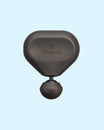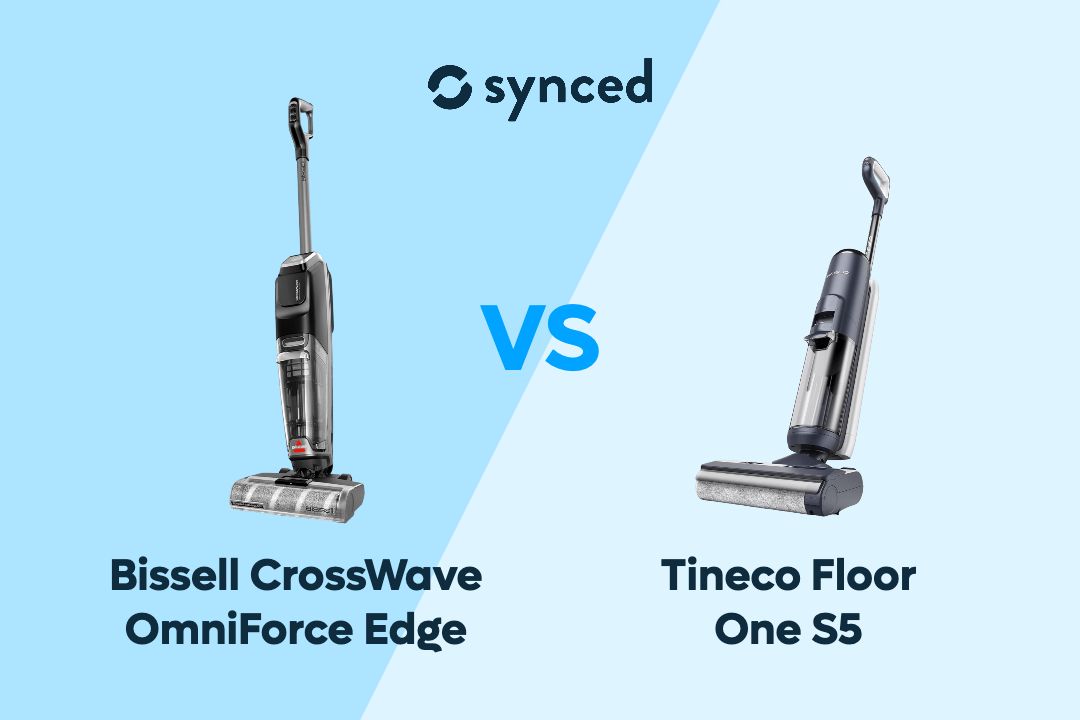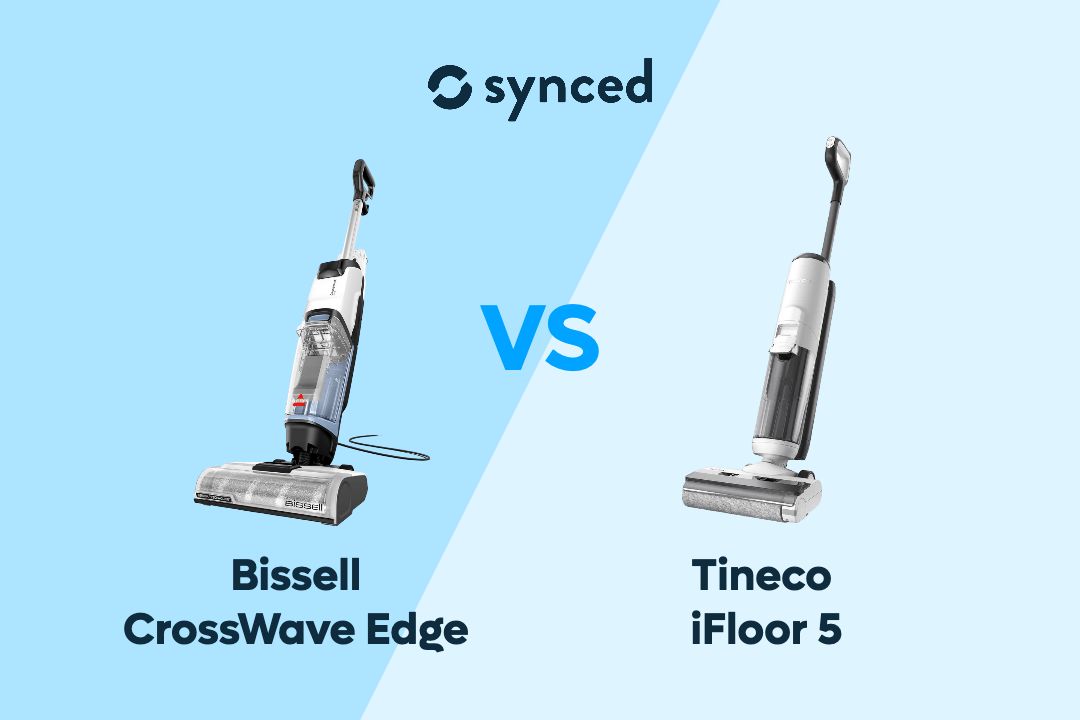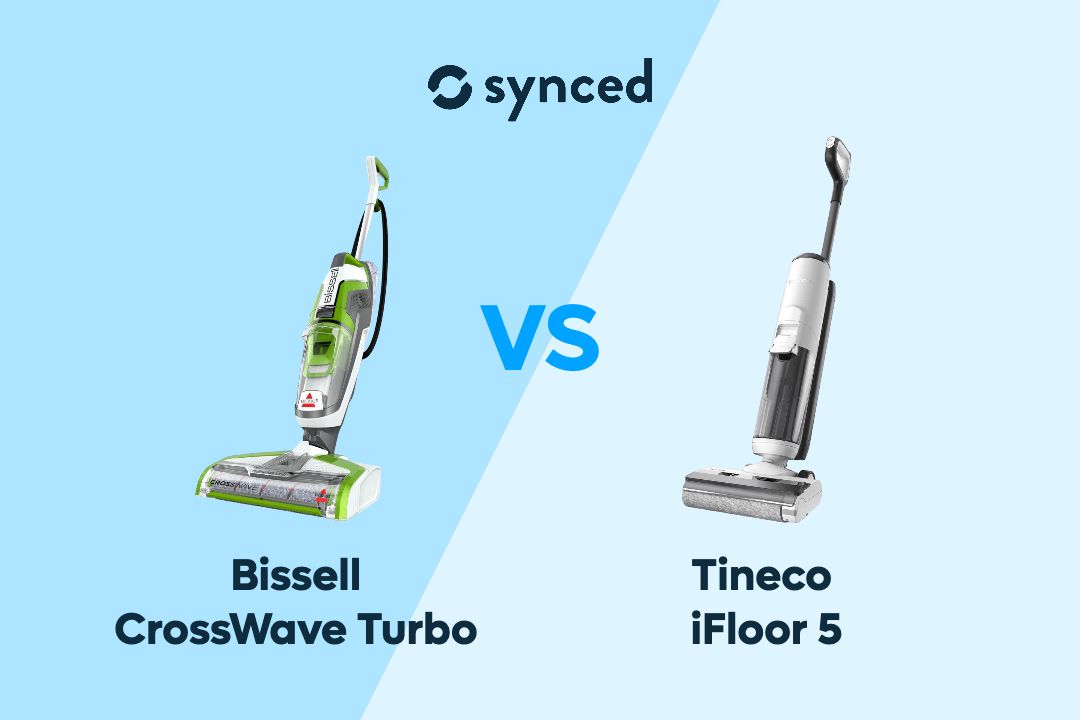Rode Wireless GO (Gen 3) vs Pro: Closer Gap Than Ever!
Naila Syifa
Updated December 2024

The Rode Wireless GO has long been the entry-level option in Rode's wireless audio lineup, compared to the more professional-focused Wireless Pro. However, the third-generation Wireless GO is quickly closing that gap, offering many new professional features previously exclusive to the Wireless Pro model.
In this comparison, we'll uncover the similarities and differences between the Rode Wireless GO (Gen 3) and the Rode Wireless Pro, so you can decide which one offers the best value for your needs.
Key Takeaways
Rode Wireless GO (Gen 3) and Wireless Pro share most of the pro-level features, including 32-bit float internal recording, Intelligent GainAssist, and granular gain control. Rode Wireless Pro just adds one extra Timecode feature and includes more accessories, including a charging case, Lavalier II mics, and MagClip GO.


Rode Wireless GO (Gen 3)
Mid-Range Mic with Pro Features
✓ 32-bit Float Internal Recording
✓ Intelligent GainAssist
✓ Granular Gain Adjustment
✓ Plug-In Power Detect

Rode Wireless Pro
Mic with Complete Pro Setup
✓ 32-bit Float Internal Recording
✓ Intelligent GainAssist & Timecode
✓ 21-Hour Runtime with Charging Case
✓ Lavalier II Included
Price

Rode Wireless Pro
Rode Wireless Pro originally retails at US$399, offering a complete package of two transmitters, one receiver, one charging case, one accessory case, two MagClip GO, two Lavalier II, one SC2 (3.5mm TRS to TRS cable), one SC21 (Lightning to USB-C cable), one SC22 (USB-C to USB-C), one SC34 (SuperSpeed USB-C to USB-C cable), and three furry windshields.
Rode Wireless GO (Gen 3) is around 25% cheaper at US$299, but it includes just two transmitters, one receiver, one SC2, one SC21, one SC22, one SC33 charging hub, a carry pouch, and three furry windshields. It lacks the charging case, MagClip GO, Lavalier II, and SC34 cable that are included in the Wireless Pro package.
Design

Rode Wireless GO (Gen 3)
Similarities
In terms of overall design, the Rode Wireless GO (Gen 3) is almost the exact copy of the Rode Wireless Pro. They equally measure 46.5 x 44 x 20 mm in dimensions and weigh 35 grams for the transmitters and 36 grams for the receiver.
The LCD screen, buttons, and ports on the devices are also nearly identical in placement and functionality. On the transmitter, you'll find the Ø button, record button, USB-C connector, and a locking 3.5mm TRS input.
On the receiver, there is an LCD screen, Ø button, left navigation button, right navigation button, routing mode selector, USB-C connector, and 3.5mm TRRS connector.
Differences
One subtle design difference between the two is their brand labeling. The Wireless GO (Gen 3) has a "RØDE" mark on its body, which I think looks more neat than a big Ø logo and smaller "WIRELESS PRO" branding on the Wireless Pro.
Wireless GO (Gen 3) also comes in various color options, including black, white, red, orange, green, purple, pink, blue, cobalt, clay, lilac, stone, rose, and moss. The colorful variants are available in limited quantities, but they still offer more customization options compared to the Wireless Pro, which only comes in black.
Another design difference I want to point out is how the transmitters attach to clothing. While both models have a similar integrated clip design, remember that the Pro model comes with MagClip GO included?
With the MagClip, mounting is more versatile. You can hide the microphone behind your shirt and have the magnet on the front for a neat, discreet appearance. You can also use the MagClip GO to attach the receiver to magnetic surfaces, such as MagSafe-equipped iPhones.
Without the MagClip, the transmitter may weigh down your clothing due to its bulk. But if you still decide to go with the Wireless GO (Gen 3), the MagClip GO is available for a separate purchase.
Audio Features

Rode Wireless Pro
Similarities
Both wireless microphones equally offer 3 recording modes: Merged mode for capturing a single audio file, Split mode for recording separate left and right channels, and Safety Channel mode for an additional -10 dB safety track that can be used as a backup in case the main audio clip is distorted.
The third-generation Rode Wireless GO now also offers three features that were previously exclusive to the Wireless Pro model:
Differences
Rode Wireless Pro offers a Timecode feature, which the GO model lacks. Timecode synchronization is essential for professional video productions, allowing you to precisely align the audio with the video footage during post-processing.
Connectivity & Range

Rode Wireless GO (Gen 3)
Similarities
Rode Wireless Pro and Rode Wireless GO (Gen 3) have the same maximum transmission range of 260 meters (853 feet) line of sight, currently the longest in the Rode wireless microphone lineup.
Both also offer a similar set of connectivity ports and cables, so they are equally compatible universally with a range of devices, including cameras, phones, laptops, tablets, and various audio inputs and outputs.
You can also connect both models to headphones for audio monitoring or even to headsets for simultaneous monitoring and recording using the headset microphone.
Differences
While both models support Lavalier or other external microphones for audio input, only the Rode Wireless Pro comes bundled with two Rode Lavalier II microphones.
Lavalier provides a high-quality audio solution in a more discreet appearance compared to the built-in microphone on the Wireless GO (Gen 3) transmitters. It is typically an essential element in professional video and audio productions, so the inclusion of the Lavalier II microphones in the Wireless Pro package may be a significant advantage for professional users.
Battery & Charging

Rode Wireless GO (Gen 3)
Similarities
Each transmitter and receiver that comes with both the Rode Wireless GO (Gen 3) and Rode Wireless Pro models has a built-in rechargeable lithium-ion battery that provides up to 7 hours of continuous use on a single charge.
When connected to a camera, the plug-in power detect feature syncs the device's power with the camera, automatically turning off when the camera is powered down to conserve battery life.
The transmitters and receiver can be charged individually via the unit's USB-C port, but each model has another way of charging that is distinctive from one another.
Differences
Rode Wireless Pro can use the included charging case to charge all the components simultaneously in one convenient location. The charging case has a 4200 mAh battery capacity and can fully charge the transmitters and receiver two times, resulting in an expanded total runtime of up to 21 hours before needing to recharge the case itself.
Rode Wireless GO (Gen 3) has a similar compatible charging case that can also provide up to 21 hours of total runtime, but it is sold separately instead of being included in the package.
To compensate for the lack of a charging case, the Wireless GO (Gen 3) comes with an SC33 Charging Hub. It doesn't provide additional backup power, but it conveniently charges the transmitters and receiver together.
Rode Wireless GO (Gen 3) vs Pro
Final Thoughts

Rode Wireless Pro
After comparing Rode Wireless GO (Gen 3) and Rode Wireless Pro across a few key aspects, we can see that the new generation of the Wireless GO is quickly catching up to the Pro model, offering many professional-grade features at a more affordable price point.
Rode Wireless Pro's main advantages include the Timecode feature and the inclusion of several accessories that will be valuable for professional audio and video productions, such as the MagClip GO and Lavalier II microphones.
Therefore, while Rode Wireless GO (Gen 3) now matches most of the professional features of its higher-end sibling, the Rode Wireless Pro still offers a more complete professional setup.
If you like to read more about Wireless Microphone, check out our other relevant guides here:
Rode Wireless Micro vs GO (Gen 3)
Rode Wireless GO 2 vs GO (Gen 3)
Rode Wireless GO (Gen 3) vs DJI Mic 2
Rode Wireless GO (Gen 3) vs DJI Mic Mini
Author

Naila Syifa
Naila has spent over 1,800 hours researching, exploring, and writing about the latest trends in technology, consumer electronics, and smart home gadgets.
Don't miss out on tech
Subscribe to our newsletter to stay up to date on the latest tech trends and guides on the best gadgets around.







